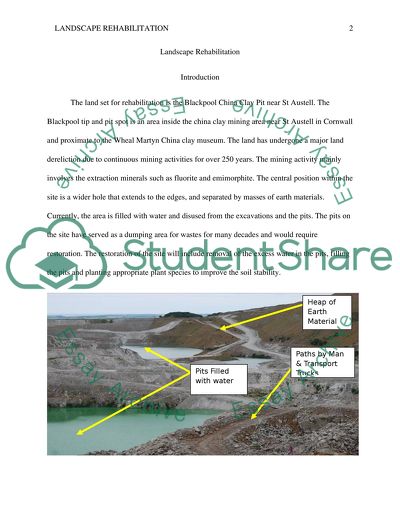Cite this document
(“LANDSCAPE REHABILITATION Essay Example | Topics and Well Written Essays - 4000 words”, n.d.)
Retrieved from https://studentshare.org/environmental-studies/1397802-landscape-rehabilitation
Retrieved from https://studentshare.org/environmental-studies/1397802-landscape-rehabilitation
(LANDSCAPE REHABILITATION Essay Example | Topics and Well Written Essays - 4000 Words)
https://studentshare.org/environmental-studies/1397802-landscape-rehabilitation.
https://studentshare.org/environmental-studies/1397802-landscape-rehabilitation.
“LANDSCAPE REHABILITATION Essay Example | Topics and Well Written Essays - 4000 Words”, n.d. https://studentshare.org/environmental-studies/1397802-landscape-rehabilitation.


